Medical Surgical Nursing Concepts & Practice, 2nd Edition by Susan C. – Test Bank
Chapter 03: Fluid, Electrolytes, Acid-Base Balance, and Intravenous Therapy
MULTIPLE CHOICE
1. The nurse uses a diagram to demonstrate how in dehydration the water is drawn into the plasma from the cells by the process of:
|
a. |
distillation. |
|
b. |
diffusion. |
|
c. |
filtration. |
|
d. |
osmosis. |
ANS: D
The process of osmosis accomplishes the movement of water from the cells into the plasma, causing dehydration.
DIF: Cognitive Level: Comprehension REF: 32-33 OBJ: 3 (theory)
TOP:DehydrationKEY: Nursing Process Step: Implementation
MSC:NCLEX: Physiological Integrity: Physiological Adaptation
2. The nurse assessing a patient with vomiting and diarrhea observes that the urine is scant and concentrated. The nurse explains that the compensatory reabsorption of water is controlled by:
|
a. |
osmoreceptors in the hypothalamus. |
|
b. |
antidiuretic hormone in the posterior pituitary. |
|
c. |
baroreceptors in the carotid sinus. |
|
d. |
insulin from the pancreas. |
ANS: B
The antidiuretic hormone controls how much water leaves the body by reabsorbing water in the renal tubules.
DIF: Cognitive Level: Knowledge REF: 31-32 OBJ: 2 (theory)
TOP: Regulation of Body Fluids KEY: Nursing Process Step: Implementation
MSC:NCLEX: Physiological Integrity: Physiological Adaptation
3. The nurse uses a picture to show how ions equalize their concentration by the passive transport process of:
|
a. |
osmosis. |
|
b. |
filtration. |
|
c. |
titration. |
|
d. |
diffusion. |
ANS: D
Diffusion is the process by which substances move back and forth across compartment membranes until they are equally divided.
DIF: Cognitive Level: Comprehension REF: 32 OBJ: 3 (theory)
TOP:DiffusionKEY: Nursing Process Step: Implementation
MSC:NCLEX: Physiological Integrity: Physiological Adaptation
4. The nurse explains that the active transport process that is able to move sodium and potassium into or out of cells is:
|
a. |
filtration. |
|
b. |
sodium pump. |
|
c. |
diffusion. |
|
d. |
osmosis. |
ANS: B
The sodium pump is the mechanism by which sodium and potassium are moved into or out of cells regardless of the concentration.
DIF: Cognitive Level: Comprehension REF: 33 OBJ: 3 (theory)
TOP: Active Transport KEY: Nursing Process Step: Implementation
MSC:NCLEX: Physiological Integrity: Physiological Adaptation
5. The patient taking furosemide (Lasix) to correct excess edema shows a weight loss of 5.5 pounds in 24 hours. The nurse calculates this weight loss to be the excretion of approximately _____ liters of fluid.
|
a. |
1.0 |
|
b. |
1.5 |
|
c. |
2.0 |
|
d. |
2.5 |
ANS: D
Each kilogram (2.2 pounds) of weight loss is equivalent to 1 liter of fluid. Therefore, 5.5 pounds ÷ 2.2 pounds = 2.5 liters.
DIF: Cognitive Level: Application REF: 35 OBJ: 1 (clinical)
TOP: Fluid LossKEY: Nursing Process Step: Assessment
MSC:NCLEX: Physiological Integrity: Physiological Adaptation



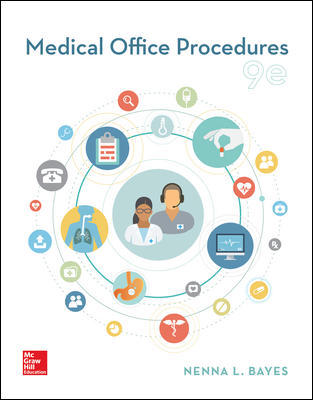




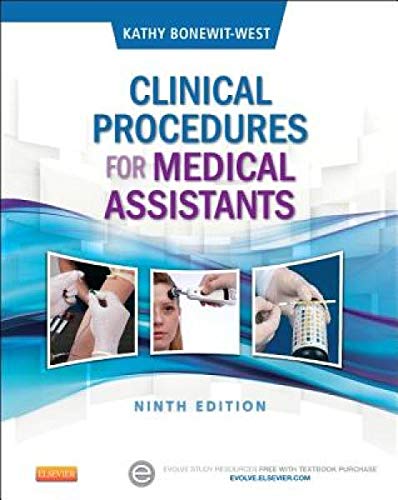
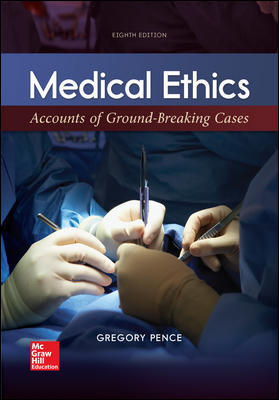
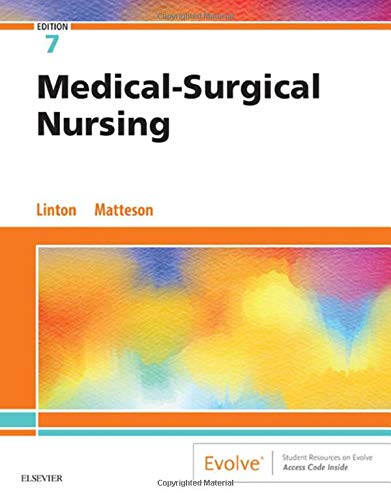


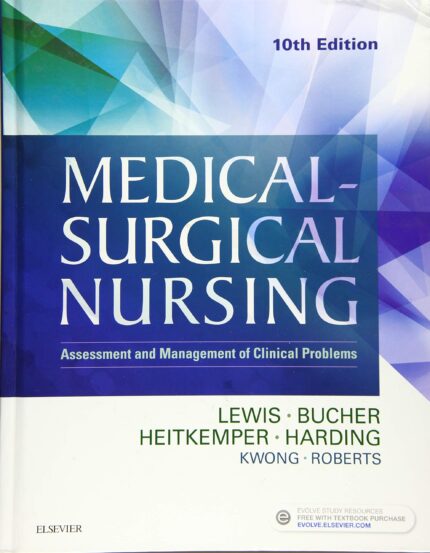
Reviews
There are no reviews yet.